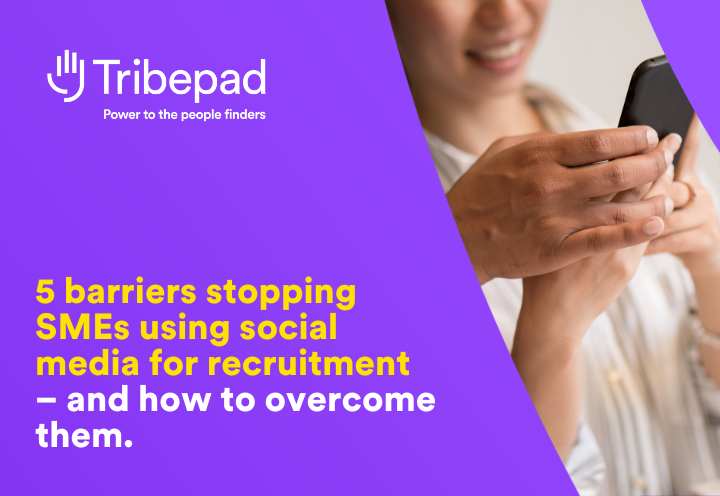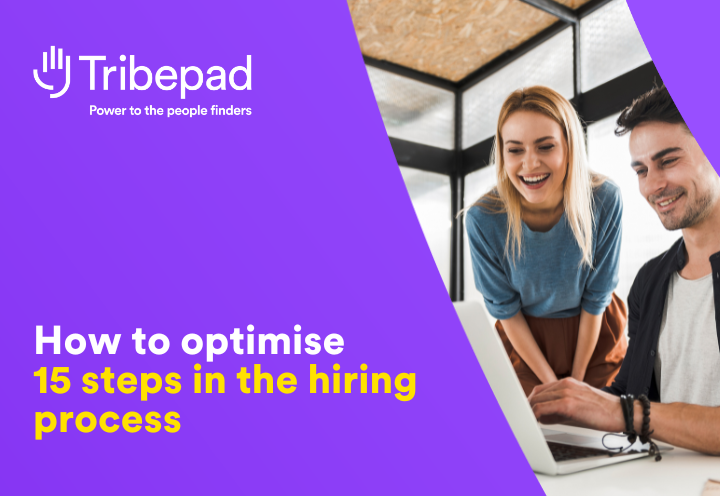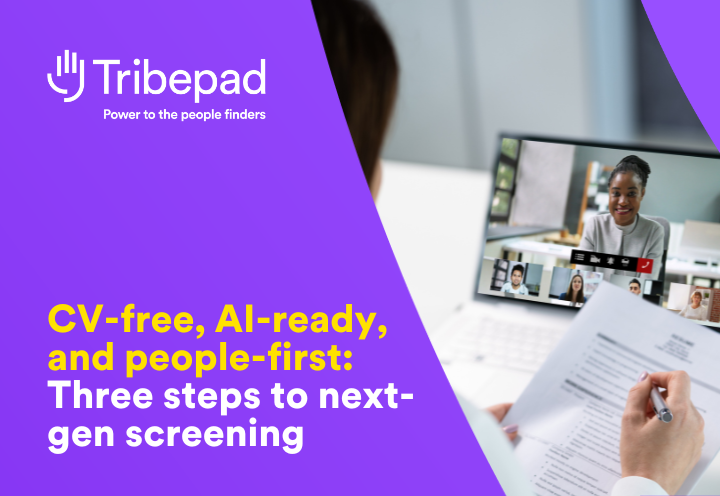It’s unreal how hard it’s become to attract, engage, and hire great people. With worsening talent shortages and intensifying competition, it’s critical for recruiters to understand (and meet) changing employee expectations. We commissioned research to understand what employees today are really looking for. Here are the three top employee priorities – and what they mean for recruitment teams.
We’d bet good money that you’ve had a tough year. Most recruiters we talk to paint the same picture:
- Talent shortages are worsening
- Competition is getting fiercer
- Costs are spiralling
- Drop-outs are increasing
- Time-to-hire is slowing
But among the chaos of the year, we’ve seen many teams achieving some brilliant stuff.
- Like Staffordshire County Council decreasing time-to-hire by 30%, increasing application volume by 113%, increasing completed application rate by 18%, and achieving an 8.5/10 candidate satisfaction rate.
- Or like Compass Group, increasing completed application rate by 42%, decreasing cost-per-applicant by 47%, decreasing time to post jobs by 500% and wowing one million candidates annually.
And plenty more besides. The major thing these high-performing recruitment teams have in common is a laser-focus on the people behind the numbers:
- What do jobseekers worry about, and how can we help?
- What do employees want, and how can we cater to that?
- What are candidates frustrated by, and what can we make easier?
- What are jobseekers excited by, and how can we create those moments?
We all know that employee expectations have changed since the pandemic. In a recruitment context, jobseekers have different priorities from the organisations they engage with. To hire successfully, recruiters must understand that and accommodate those changing needs as much as possible.
Let’s look at what employees want, informed by the research we commissioned for our Salary, Security, and Purpose Report 2023.
What do employees want? Three top employee priorities.
We know there’s plenty recruiters can’t do much about. Your hands are often tied and it’s as frustrating for you as the people you’re hiring. But there’s plenty you can do too.
1 – Money, money, money
Our report found that pay is one of employees’ biggest concerns, especially given sweeping price increases and inflation.
- 49% of UK employees worry about reduced real-terms pay value
- 49% worry about pay freezes
- 39% worry about tangible pay cuts
- 39% worry about bonuses being cut
What can recruiters do?
You can’t add 25% to everyone’s salary, even if you’d like to. But that doesn’t mean you’re powerless.
- Review salaries. The answer from up-high might be ‘no’, but it’s worth asking—armed with data. Now’s a great time to conduct that pay review that’s been on the to-do, to check you’re competitive with the market.
- Communicate about money. These stats point to a financial anxiety that open, transparent communication can go some way to dissolving. Liaise with senior stakeholders to understand the organisation’s financial stance and communicate honestly with candidates. Empathy goes a long way, even if you can’t increase pay.
- Shout about financial benefits. If your organisation is able to offer pay rises or guarantee inflation matching (public sector, we’re not looking at you), that’s an enormous benefit. Make sure candidates know.
- Offer financial support. Pay increases might be out of your hands but could you offer financial support and education to help employees cope with financial anxiety? If that’s an option, that’s a great benefit to communicate to candidates during recruitment.
- Offer non-financial benefits. Maybe you can’t offer financial bonuses this year. But you could ratchet up the non-monetary bonuses and benefits. A thoughtful, considerate benefit package can make a huge difference to candidates and employees.
2 – Job security
Our report showed that many employees are worried about job security, especially younger employees. Overall:
- 48% of UK employees feel it’s too risky to move jobs right now
- 44% of worry there are less jobs available
- 35% worry about losing colleagues
- 30% worry about losing shifts
- 29% worry about losing their job
What’s most concerning about this data is that it often seems to translate into employees sticking with jobs they don’t much like.
37% of employees we spoke to were considering a move before the recession but have now decided it’s safer to stay. Only 53% of employees said they were happy in their current role – many are unhappy but sticking it out:
- 31% said they want to move jobs but can’t find anything better
- 30% said they want to move jobs but it’s too time-consuming
- 25% said they want to move jobs but don’t want to train for something new
High retention is usually a great thing for the organisation – but not if that’s artificially inflated by employees who don’t want to be there but feel they can’t leave. Presenteeism hurts productivity, erodes your culture, and hurts mental health too.
What can recruiters do?
Tackling job engagement is complex and not just on recruiters’ plate. But recruiters can play a positive role.
- Be clear about your employee value proposition. Building a workforce of people who love working with you and add value starts from hiring people who get it. Do candidates understand your culture and working environment well, to make an informed decision? Have you been honest and authentic about your weaknesses as an employer, as well as your strengths?
Paul Lundbeck, People Services Director at HCRG Care Group, spoke recently about this in the latest episode of The View.
HCRG’s mission to change lives through transforming health and care means the working environment is changing and evolving constantly. For the team, it’s critical to be clear about that during recruitment because some people thrive in environments like this while others wouldn’t.
- Develop your internal mobility programme. If employees are disengaged with their role, that doesn’t automatically mean they should move on. A good internal mobility programme means you can re-engage them, keep their skills and knowledge in the business, and save money on hiring to replace.
- Help employees leave 👀. If all else fails, it’s usually better to lose a disengaged employee than keep them where they can erode your culture and hurt service. With an empathetic understanding that employees typically do move roles at some point, recruiters could help them build tangible recruitment skills that’ll stand them in good stead if that happens. For example, could you give candidates some tips on their CV and interview technique?
3 – A career, not just a job
We asked employees what would appeal most to them, if they were to move jobs right now. The top three factors all closely relate to the ideas of job security and salary, reinforcing how top-of-mind these are for jobseekers today:
- 48% of employees would want a role with a well-known company
- 45% would want a role within the private sector
- 23% would want a role within a larger business
At first glance, it might seem like you can’t do much about these. We can’t all be Googles or Apples. But this data also speaks to candidate and employee expectations that aren’t specific to size, sector, or brand:
- Can I trust that this company is secure and stable?
- Does this company have a positive impact in the world?
- Will I do work I’m proud of?
- Will I grow personally and professionally?
- Does this company match my ambitions?
What can recruiters do?
If a candidate is dead-set on working for a household-name private sector enterprise, you’re always going to lose them if you’re none of those things. But often that might be what candidates think they want, but when you interrogate those needs there’s something underneath you can speak to.
- Have a strong employee value prop. We already touched on this. There’s no substitute for knowing who you are, who you serve, why you exist, and what you offer. Help candidates understand what makes you, you. They might never have thought much beyond a big shiny brand name.
- Grow your employer brand reach. Your EVP is the core of your brand, but it won’t do much for you unless you put yourself out there. If jobseekers are looking for strong brands, it’s a no-brainer to grow your employer brand with proactive recruitment marketing.
- Show candidates what they’ll be proud of. We all want to be proud of the work we do. Show candidates that warm fuzzy ‘you did what today?’ isn’t the sole domain of impressive brand names. Share your own feel-good stories, whether that’s your brilliant community impact or commitment to ESG.
- Focus on career development. It’s a common belief that bigger organisations have better infrastructure for training, development, and internal mobility – but that needn’t be the case. Whatever your size, sector, or brand, focus on how you help your people grow. Lean into what makes you special, from offering personalised in-person training to exciting job rotations to working alongside experienced mentors.
Great careers start here
This data is just one snapshot from the time we commissioned research (late last year). But the data points to an evergreen truth.
There’s nuance depending on the economic climate and wider labour market, but at root most employees want what they’ve always wanted: a fulfilling career doing something they enjoy, that pays the bills, doesn’t demand every waking hour, and helps them grow.
Whatever the hiring market is doing, our job as recruiters is to advocate for that internally, show candidates we offer that, and hire great people who come into the organisation and contribute to a culture that delivers that.
Tribepad is the trusted tech ally to smart(er) recruiters everywhere. Combining ATS, CRM, Video Interviewing, and Onboarding, our talent acquisition software is a springboard for fairer, faster, better recruitment for everyone. Read the Salary, Security, and Purpose Report 2023 now.




